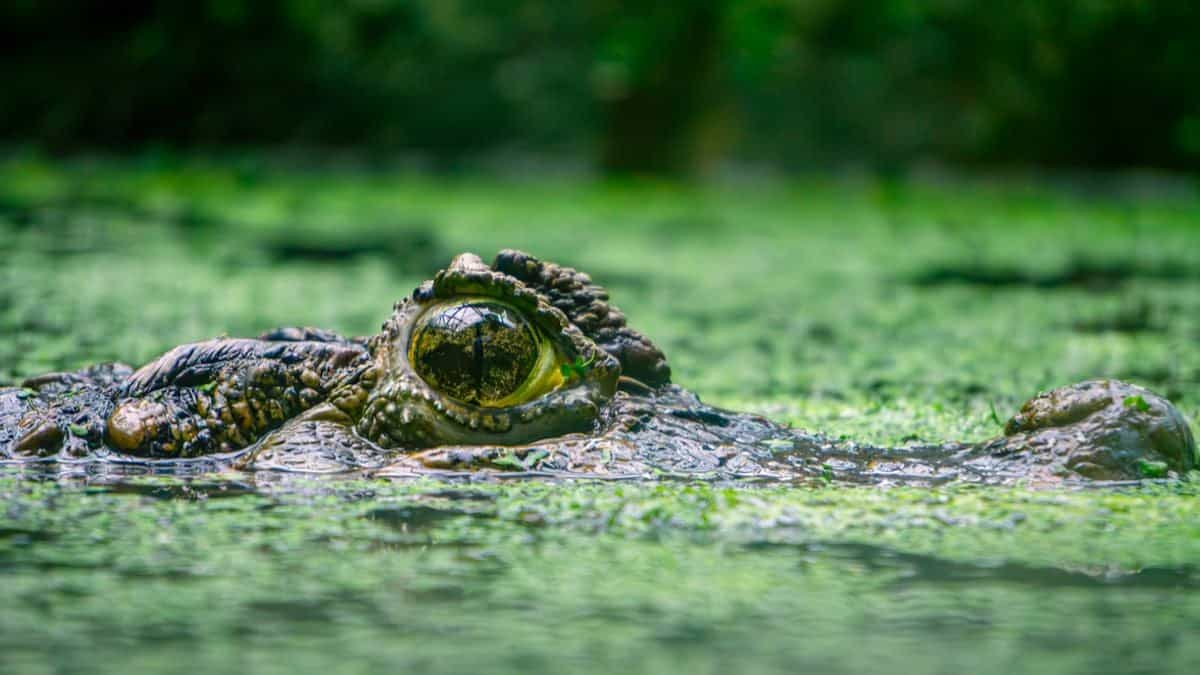Show table of content Hide table of content
Stranded in a remote swamp, five survivors of a harrowing plane crash in Bolivia’s Amazon region endured a 36-hour nightmare surrounded by predatory caimans. Their story of survival against overwhelming odds unfolded on April 30, 2025, capturing attention worldwide as they faced not only the trauma of a crash landing but also the terrifying reality of being trapped in one of nature’s most dangerous environments.
Survival in caiman-infested waters after unexpected crash
What began as a routine flight from Baures to Trinidad in Bolivia’s Beni department quickly turned into a life-threatening emergency when the small aircraft experienced catastrophic engine failure. The 29-year-old pilot, Andrés Velarde, made a split-second decision that would save all five lives onboard – three women, a child, and himself.
“When the engine started failing, I knew we were losing altitude rapidly,” Velarde later explained from his hospital bed. “The only option was an emergency landing in the swampland near a lagoon, despite the known dangers of the area.”
Life This TikToker buys a used van and realizes it has a hidden surveillance device.
The aircraft hit the marshy terrain and flipped, leaving the passengers shaken but miraculously alive. Their initial relief quickly transformed into horror as they realized their predicament. The swamp surrounding them was home to numerous caimans – predatory reptiles similar to alligators that can grow to substantial sizes and are known to be opportunistic hunters.
“We were surrounded by caimans approaching us,” Velarde recounted. “They stayed about 3 to 4 meters away, watching us throughout the night.” This constant surveillance by the reptilian predators forced the survivors to remain virtually motionless inside the overturned aircraft, creating an atmosphere of sustained terror.
Compounding their nightmare, the group also spotted a massive anaconda several meters long slithering nearby, adding another deadly threat to their already dire situation. The convergence of these apex predators effectively trapped the survivors, preventing them from seeking help or even moving freely within their crashed plane.
Thirty-six hours of unrelenting vigilance in predator territory
The extended ordeal pushed the survivors to their physical and psychological limits as they endured a day and a half without sleep, adequate water, or the ability to move freely. “We spent almost 36 hours unable to sleep. We couldn’t drink water or move because of the caimans,” explained Velarde, describing the group’s constant state of alertness.
Life Say goodbye to flat and deep plates, here’s the new dinnerware trend for 2025.
Their survival relied on extreme caution and resourcefulness. The only nourishment came from cassava flour that one passenger fortunately had packed in their luggage. This meager sustenance had to last through their entire ordeal as they remained vigilant against the predators continuously circling their makeshift island of safety.
The psychological toll of their situation was immense. Every splash in the water or movement in the surrounding vegetation triggered fresh waves of fear. The overturned aircraft provided minimal protection, and the survivors knew that venturing outside meant certain danger from the reptilian predators that had established a perimeter around them.
Night brought additional challenges as darkness limited visibility while the caimans remained active. The survivors took turns keeping watch, alert to any sounds indicating a predator might be approaching closer. The presence of a child among them added another layer of complexity to their already stressful situation.
Adding to their ordeal, the remote location of the crash made rescue efforts particularly challenging. The dense Amazonian landscape and swampy terrain meant that aerial searches had difficulty spotting the downed aircraft, especially since it had flipped upon impact.
Miraculous rescue from nature’s deadliest trap
After 36 grueling hours of uncertainty, hope finally arrived in an unexpected form. Local fishermen navigating the waterways spotted the unusual sight of the overturned aircraft and cautiously approached, mindful of the caimans known to inhabit the area.
The rescue that followed required careful coordination to avoid agitating the predators that had been stalking the survivors. Authorities quickly mobilized after receiving word from the fishermen, dispatching specialized rescue teams familiar with navigating caiman-infested waters.
“All authorities mobilized to find these missing people and save these lives that are now receiving the necessary attention,” stated Ruben Torres, medical department director for the Beni department. The rescue operation itself became a dangerous undertaking, with rescuers having to create diversions to draw the caimans away from the crash site.
The five survivors were finally extracted on May 2, all alive despite their harrowing experience. They were immediately transported to medical facilities where they received treatment for dehydration, exposure, and minor injuries sustained during the crash. Remarkably, none had suffered serious physical harm from either the crash landing or the dangerous wildlife.
Life Everyone had this toy in the ’90s, and it now sells for over $3,000.
Velarde and the other survivors’ testimonies painted a vivid picture of their ordeal. Medical professionals noted that while their physical injuries were relatively minor, the psychological impact of being surrounded by predators for such an extended period would likely require ongoing support and counseling.
Local wildlife experts later explained that the behavior of the caimans was typical territorial response, with the reptiles likely viewing the crash site as a potential food source. The survivors’ decision to remain still and quiet likely prevented the predators from becoming more aggressive – a testament to their remarkable instinct for survival in one of nature’s most threatening environments.


